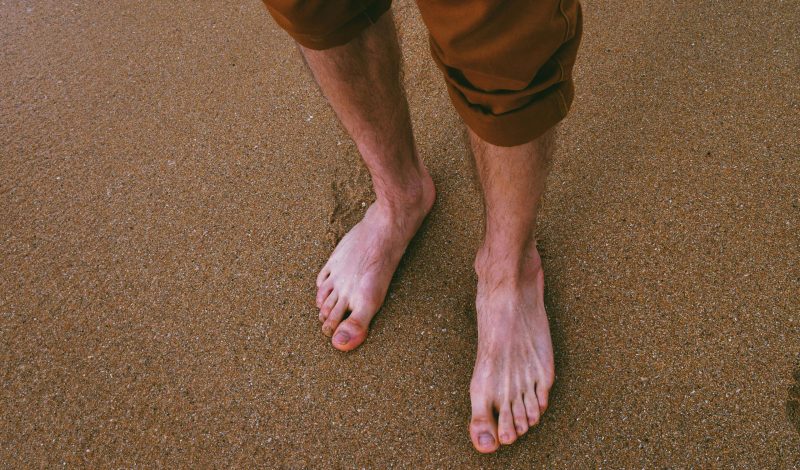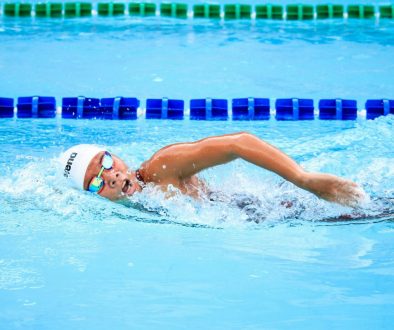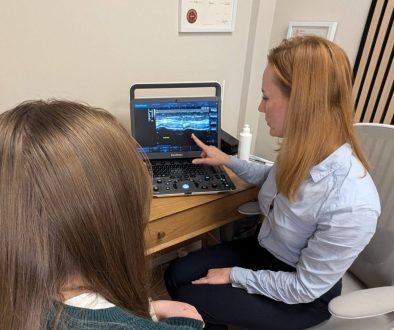The Big Toe: A Small but Mighty Force in Human Movement
When we think about human movement, we often focus on major muscles like the quadriceps, hamstrings, or glutes. But one of the most underrated and crucial components of our locomotion and stability is the big toe. This small structure plays an outsized role in movement efficiency, injury prevention, and overall function. Understanding its biomechanics can help athletes, rehab specialists, and even everyday individuals optimize their movement and reduce injury risk.
The Biomechanics of the Big Toe
The big toe, or hallux, is the final point of contact with the ground during walking, running, and jumping. Its primary function is to provide propulsion and stability. The first metatarsophalangeal (MTP) joint, which connects the big toe to the foot, allows dorsiflexion (bending upward) and plantarflexion (pressing downward), both essential for proper gait mechanics. Ideally, the big toe should have at least 60-70 degrees of dorsiflexion to allow for an efficient push-off phase in walking and running.
Additionally, the big toe helps distribute body weight evenly, ensuring balanced foot mechanics. When it lacks proper mobility or strength, compensation patterns can develop, leading to inefficient movement strategies and increased stress on other joints, such as the ankle, knee, and even lower back.
The Big Toe and Injury Prevention
Dysfunction of the big toe can contribute to various injuries throughout the kinetic chain. Here are some common issues associated with poor big toe mechanics:
- Plantar Fasciitis: Limited dorsiflexion of the big toe can increase strain on the plantar fascia, contributing to inflammation and pain in the arch of the foot.
- Bunions (Hallux Valgus): Weak or misaligned big toe mechanics can lead to excessive pressure on the first MTP joint, causing deformities over time.
- Shin Splints and Knee Pain: A stiff or weak big toe alters foot loading patterns, which can increase stress on the lower leg and knee.
- Achilles Tendonitis: Without adequate toe push-off, the Achilles tendon compensates, leading to overuse injuries.
- Hip and Lower Back Pain: Improper foot mechanics, including big toe dysfunction, can cause compensations in gait, leading to altered hip and lumbar spine mechanics.
Optimising Big Toe Function
To maintain proper big toe mobility and strength, consider incorporating the following strategies:
- Toe Mobility Drills: Exercises such as toe stretches and big toe extensions improve flexibility and range of motion.
- Strength Training: Resistance exercises like towel scrunches and big toe presses enhance foot strength and stability.
- Barefoot Training: Walking barefoot or in minimalist shoes can promote natural foot mechanics and strengthen intrinsic foot muscles.
- Proper Footwear: Wearing shoes with adequate toe room and minimal heel elevation supports healthy big toe function.
- Manual Therapy: Techniques such as joint mobilization and self-massage can improve mobility in the first MTP joint.
Conclusion
The big toe may seem like a minor component of movement, but its impact on function, efficiency, and injury prevention is profound. By paying attention to its mobility, strength, and mechanics, we can enhance performance, reduce injury risk, and promote lifelong movement health. Whether you’re an athlete looking to improve performance or an individual wanting to move pain-free, giving your big toe the attention it deserves can be a game-changer.





